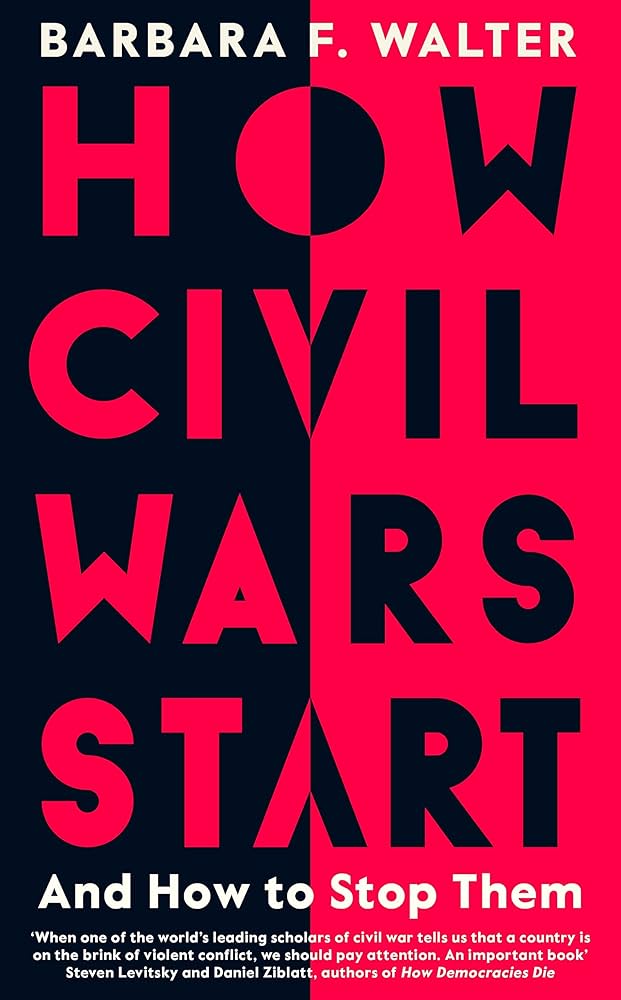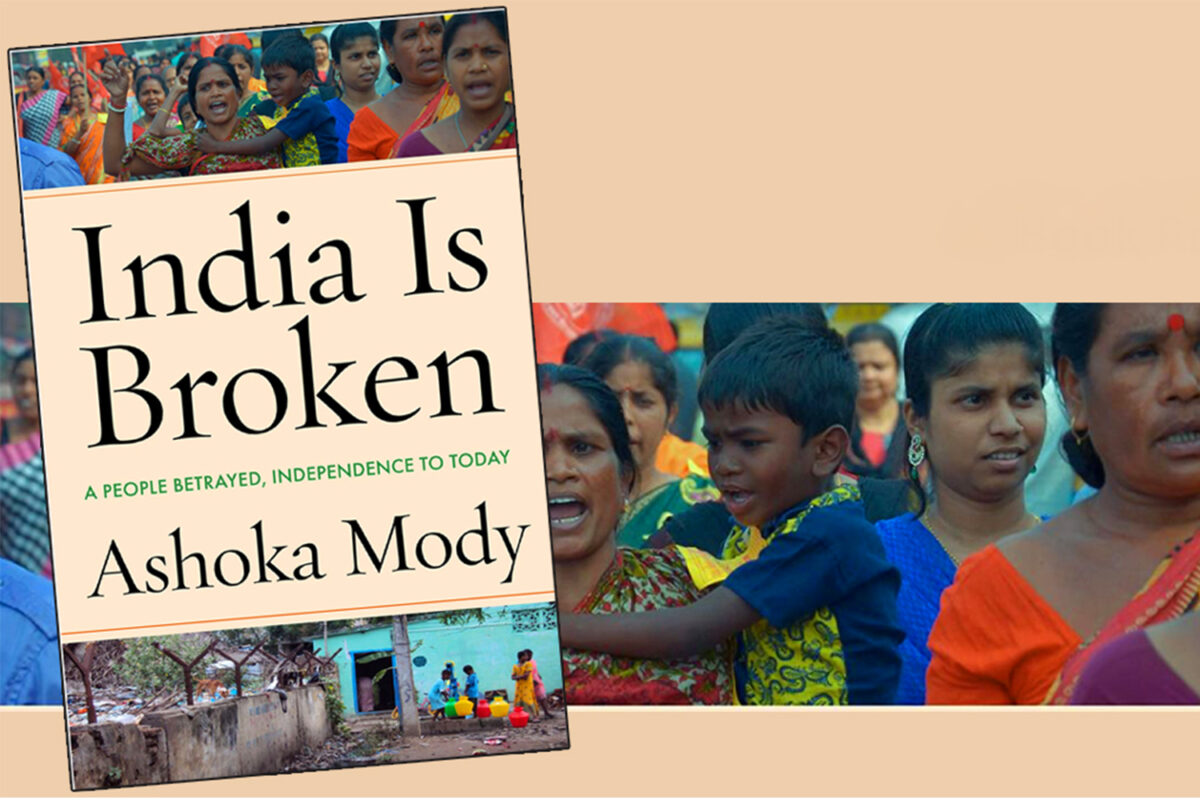BOOK REVIEW: How Civil Wars Start: And How to Stop Them
Barbara F. Walter
2022
 Ever since the Capital Hill attack in 2021, commentators have increasingly considered the possibility of future political violence in America and polls suggest it’s something Americans are worried about.
Ever since the Capital Hill attack in 2021, commentators have increasingly considered the possibility of future political violence in America and polls suggest it’s something Americans are worried about.
Barbara Walter offers a critical examination of the potential for civil conflict in the United States, particularly following the January 6th Capitol Hill riot. A respected political scientist, Walter draws on historical precedents to dissect the precursors to civil wars, using this analysis to shed light on current American socio-political dynamics.
The key concept running through the book is that of “anocracy”, a transition stage of government between autocracy and democracy. The transition can be made in either direction, and it is during the transition that most civil wars erupt. Autocracies possess sufficient powers of repression to keep potential insurgents in check; democracies allow dissidents’ means to effect change without resorting to violence. But when autocracies weaken, repression can fail, and when democracies ossify, the release valves get stuck. Walter illustrates how such conditions have historically led to civil wars, pointing to parallels in present-day America.
A key aspect of Walter’s argument is the role of “sons of the soil” conflicts. These are initiated not by the oppressed masses but by groups facing perceived threats to their historical dominance. It isn’t the downtrodden masses that start a civil war, Walter says, but rather what she and her fellow scholars call “sons of the soil.” Their privileged position was once so unquestioned and pervasive that they simply assume it’s their due, and they will take to violence in order to cling to power.
Social media’s influence is another focal point of the book. Walter argues that the rise of these platforms has coincided with a decline in global democracy, as they often serve as echo chambers that amplify division and misinformation. She suggests that regulating social media is crucial to curbing hate speech and disinformation, thus maintaining social stability.
Walter also proposes significant political reforms to mitigate civil war risks, including eliminating the US Electoral College and reforming the Senate to ensure fair representation. Her solutions aim to restore public trust and reduce polarization, thereby strengthening democratic institutions.
Will this be enough? Despite offering these solutions, Walter remains realistic about the challenges. She highlights the growing threat of domestic terrorism and armed militias in the US, phenomena exacerbated by demagogues and conspiracy theories. These issues, she argues, require immediate attention to prevent further destabilization.
Walter’s book concludes with a call to action, urging policymakers, citizens and institutions to recognize the warning signs of civil conflict and take proactive measures to reinforce democratic norms.
Walter’s earnest advice about what to do comes across as well-meaning but insufficient.
In summary, “How Civil Wars Start: And How to Stop Them” is a timely exploration of the dynamics leading to civil conflict. Walter’s incisive analysis and thoughtful recommendations provide a valuable framework for understanding and addressing the roots of political violence.




